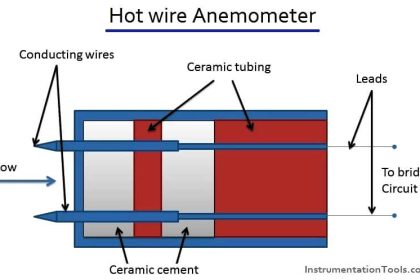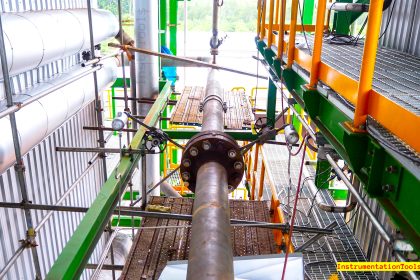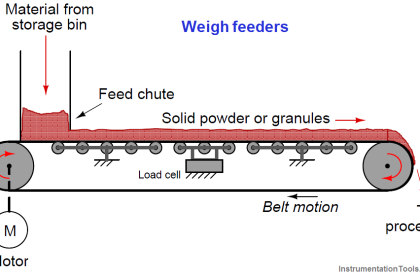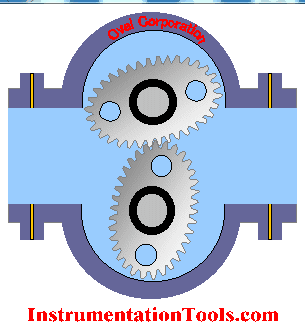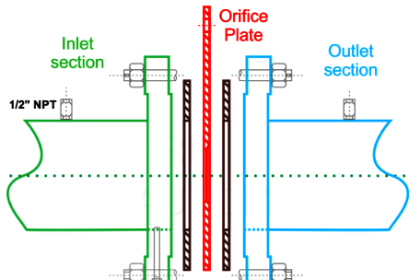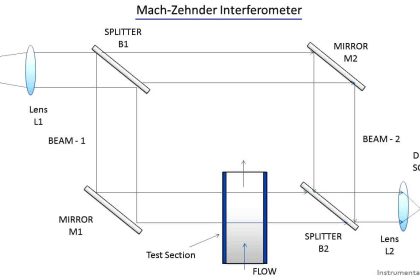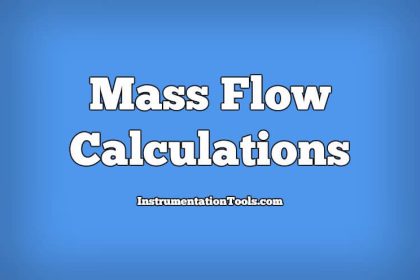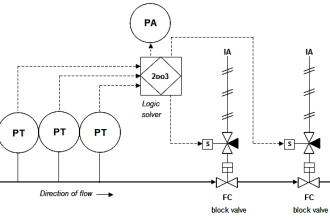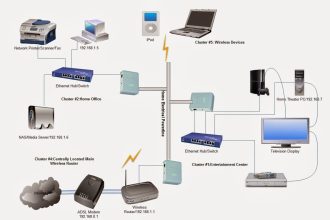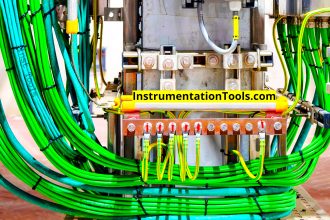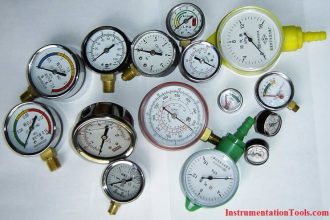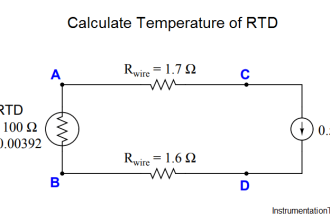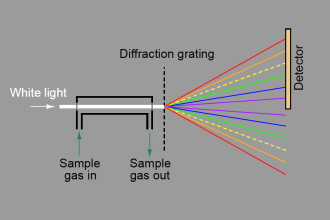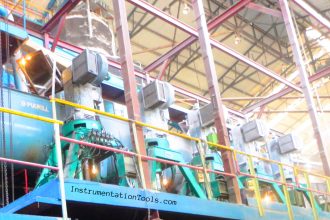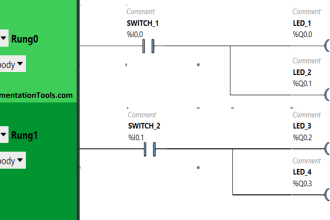In this type of orifice meter, there is a fixed aperture, and flow is indicated by a drop in differential pressure. In the area meter, there is a variable orifice and the pressure drop is relatively constant.
Thus, in the area meter, flow is indicated as a function of the area of the annular opening through which the fluid must pass. This area is generally readout as the position of a float or obstruction in the orifice.
The effective annular area in the area meter is nearly proportional to the height of the float, plummet, or piston, in the body, and the relationship between the height of the float and flow rate is approximately linear one with linear flow curves as well as scale graduations.
Types of Variable Area Flow Meters
Area meters are of two general types :
- Rotameters and
- Piston type meter.
Rotameters
In rotameter, a weighted float or plummet contained in an upright tapered tube, is lifted to the position of equilibrium between the downward force of the plummet and the upward force of the fluid in addition to the buoyancy effect of the fluid flowing past the float through the annular orifice.
The flow rate can be read by observing the position of the float.
Piston Type Meter
In this meter, a piston is accurately fitted inside a sleeve and is lifted by fluid pressure until sufficient post area in the sleeve is uncovered to permit the passage of the flow. The flow is indicated by the position of the piston.
Fig. shows the types of Variable area flow meters (a) Rotameter and (b) Piston Type meter.

Performance Characteristics
The performance characteristics are discussed with reference to the below factors.
- Linearity
- Differential
- Accuracy
- Capacity
- Minimum Piping Requirement
- Corrosive or Difficult-to-handle liquid
- Pressure Drop,
Linearity
The flow rate (volume) through a variable area meter is essentially proportional to the area and, as a result, most of these meters have essentially equal-scale increments.
A typical indicating rotameters scale is non-linear by about 5%.
Differential
An important characteristic of the variable area meter is that the pressure loss across the float is constant.
The overall differential across the meter will increase at higher flow rates because of friction losses through the fittings.
Accuracy
The most common accuracy is ±2% of full-scale reading. This increases considerably with individual calibration and scale length. Repeatability is excellent.
Capacity
Variable area flow meters are the most commonly used means for measuring low-flow rates.
Full-scale capacities range from 0.5 cm3/min of water and 30 std cm3/min of air in the smallest units to over 1200 liters/min of water and 1700 m3/h of air in 8 cm height meters.
Minimum Piping Requirement
An area meter usually can be installed without regard to the fittings or lengths of straight pipe proceedings or following the meter.
Corrosive or Difficult-to-handle liquid
These can often be handled successfully in an area meter. They include such materials as oil, tar, refrigerants, sulphuric acid, black liquor, beverages, aqua regia, and molten sulphur.
In general, if the nature of the fluid does not permit the use of a conventional differential pressure type meter because the fluid is dirty, viscous, or corrosive, certain area meters have an advantage over other types of meters.
Pressure Drop
By placing very light floats in oversized meters, flow rates can be handled with a combination of very low-pressure loss (often 2.5 cm of water column or less) and a 10:1 flow range.
If you liked this article, then please subscribe to our YouTube Channel for Instrumentation, Electrical, PLC, and SCADA video tutorials.
You can also follow us on Facebook and Twitter to receive daily updates.
Read Next:
- Transit Time Flow Meter
- Vortex Flow meter Animation
- Ultrasonic Flow Meters
- Venturi and Orifice flow meter
- Calibrate Flow meters
